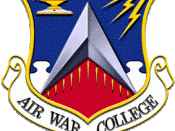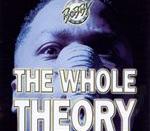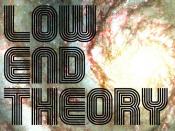A SITUATIONAL LEADERSHIPî MODEL FOR MILITARY LEADERS Col Donald E. Waddell III Leadership remains the most baffling of arts . . . as long as we do not know exactly what makes men get up out of a hole in the ground and go forward in the face of death at a word from another man, then leadership will remain one of the highest and most elusive of qualities. It will remain an art.
--James L. Stokesbury The art of leadership that Stokesbury alludes to is a subject studied more seriously in military schools than in civilian institutions. Given the life-and-death nature of our business and the importance of the military to a nation's survival, this should surprise no one. What is surprising, however, is that most Air Force professional military education (PME) schools rely almost exclusively on the civilian-oriented Hersey and Blanchard Situational Leadershipî model to help teach military leadership and management.
The Air University Leadership and Management Program Advisory Group (LMPAG) recently discussed the Hersey and Blanchard Situational Leadershipî model used extensively by the Reserve Officer Training Corps (ROTC), the Officer Training School (OTS), the Squadron Officer School (SOS), and the Senior Noncommissioned Officer Academy (SNCOA). While most were happy with the model as presented in the various schools, the group decided to review other models to see if they might better portray military leadership. At the same time, Air War College was looking for a model to use in studying leadership in its academic program.
The general feeling was that the Hersey and Blanchard model is useful but has some significant limitations. Specifically, the model does a good job of highlighting the appropriate leadership style based on the "maturity" or "development level" of the followers but does not adequately address other military considerations. These considerations include...


